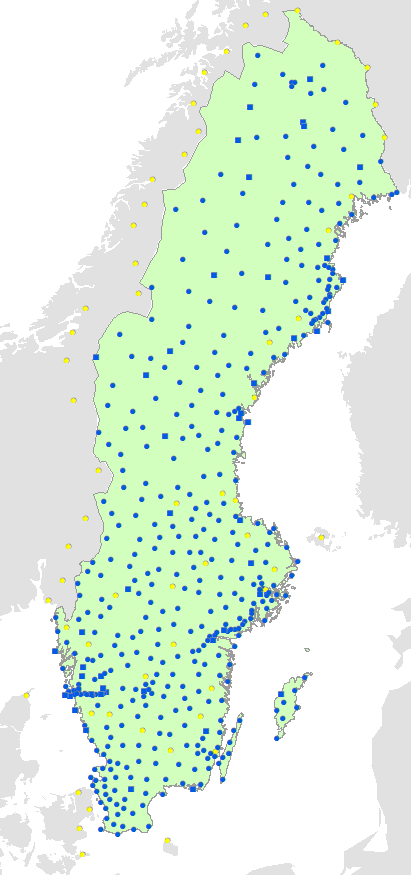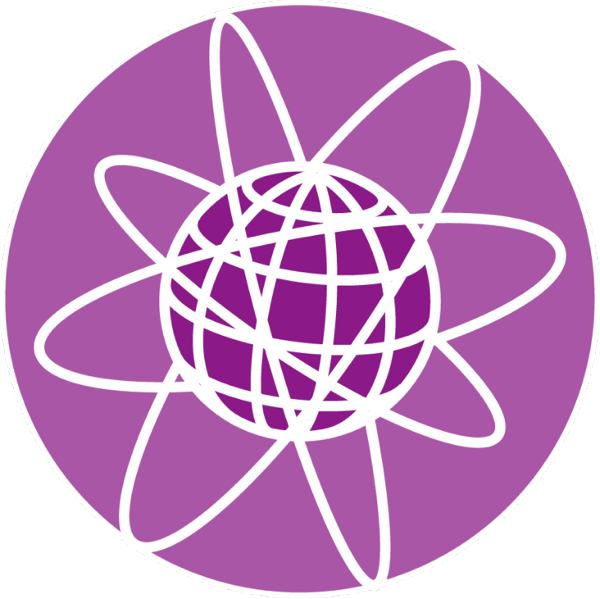|
The TCS “GNSS Data and Products” (TCS-GNSS) deals with the geometric crustal motions within the EPOS area of interest. This includes information of velocities of the European plate relative to the Earth, the intra-plate velocities relative to the European plate, as well as internal relative velocities as strain rates. The latter are of particular importance for analysing the deformation of the Earth's crust. In addition to tectonic plate movements derived from GNSS positions and velocities, strain rate analysis tells us where and how the tectonic plates are being deformed, thus, providing deeper insights into, e.g., the course of plate boundary processes, deformation of "stable" shield areas and Glacial Isostatic Adjustment (GIA). Together with the study of the stress field, strain rates are important in the research on and assessment of natural hazards, e.g. intraplate earthquakes. The physical infrastructure consists of continuously operating permanent GNSS stations (CORS; GNSS – Global Navigation Satellite Systems, e.g. GPS, GLONASS, Galileo, BeiDou). Network of CORS exist in all countries in Europe, and the TCS aims at including as many as possible of the relevant stations from these network as data suppliers to EPOS. A rough estimate indicates some 5000 CORS within Europe. Some of these CORS networks are established as research networks, but most stations have been established with the purpose of supporting real-time positioning services for end users. The International Association of Geodesy (IAG) sub-commission for Europe, EUREF, has been including some 350 key stations in its EUREF Permanent Network (EPN) since 1996. The EPOS TCS GNSS has a close cooperation with the EPN. The Swedish national GNSS network, SWEPOS®, was established in 1993 in close cooperation between Lantmäteriet and Chalmers. The purpose has from the beginning been both scientific (primarily for the study of crustal motions and the GIA process in Fennoscandia) as well as for precise positioning for surveying applications. The number of SWEPOS stations has grown from 20 in 1993 to almost 500 today. SWEPOS is today developed in close cooperation between Lantmäteriet, Chalmers and RISE. Already today are data from key-sites provided to EPOS, but for the future it is foreseen that all relevant stations are made available. The TCS GNSS processes the GNSS raw data from the stations into daily position estimates, provide time series of daily position estimates, derive velocities in recognised and well-defined geodetic reference frames. In addition to SWEPOS data, EPOS Sweden provides the strain rate products (from design through implementation and computation to data service). |
 |

